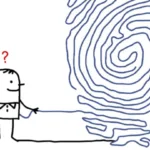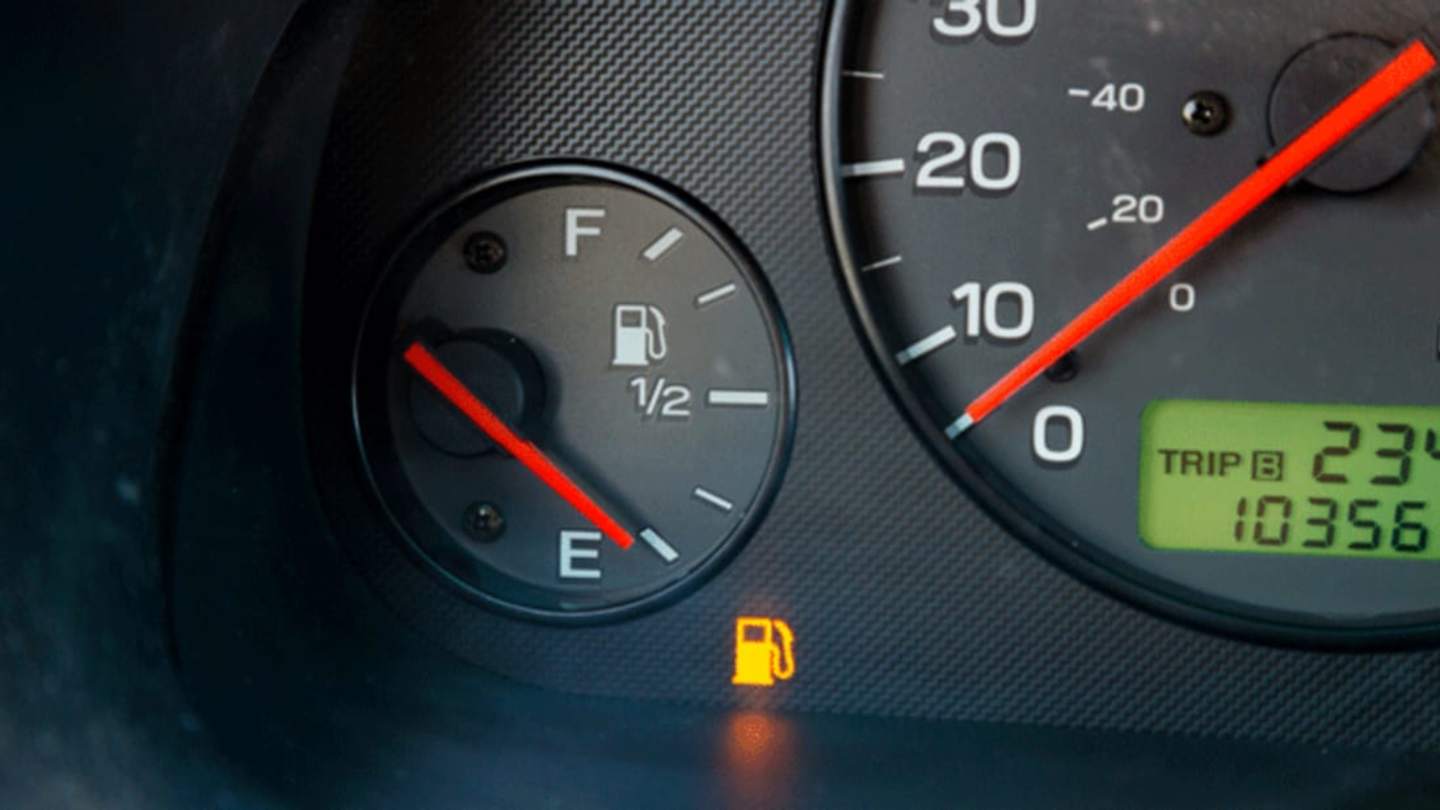We’Ve All Been There: the dreaded low fuel warning light flickers on your dashboard, and you find yourself frantically calculating how many miles you can realistically drive before reaching a gas station. But how much fuel is left when that little light comes on? Truthfully, it’S Not As Simple As “empty.” The amount of gas remaining varies greatly depending on the make and model of your car. Imagine this: you’re cruising in your trusty Chrysler 200, and that low fuel warning pops up. You might still have a surprising 108 miles left in the tank! However, hop into a Chevy Silverado with the same warning light, and your range could be closer To Just 25 miles.
That’S Why It’s Crucial To Understand Your Car’s Individual Quirks. Your owner’s manual is your best friend here – it often provides specific details about Your Vehicle’s fuel capacity and estimated range after the Low Gas Light comes on. Keep in mind, though, that these are just estimates. Driving habits, terrain, and even temperature can all play a role in how far you Can Actually Go.
It’s always best to err on the side of caution and refuel before your gauge gets dangerously low. Regularly topping off your tank helps prevent gaslighting issues and ensures that your fuel pump stays happy and healthy. Remember, it’s better to be safe than sorry when it comes to fueling up!
Fuel Gauge Accuracy
Fuel gauges aren’T Always As Accurate As we’d like them to be. It’s not uncommon for them to seem a bit unpredictable, sometimes showing more fuel than you actually have or dropping faster than you’D Expect. This can be due to various factors, like temperature changes affecting fuel density, the gauge itself needing calibration, or even faulty wiring.
Think of it this way: your fuel gauge is essentially an estimate based on the amount of fuel flowing through the system. It’s not a perfect measurement tool. So, while it gives you a general idea of how much fuel is left, don’t solely rely on it for Precise Calculations. Keep in mind that driving habits, terrain, and even the age of your car can all influence how accurately Your Gauge Reads.
 Fingerprint Fun Facts: Unique Identifiers & Technology
Fingerprint Fun Facts: Unique Identifiers & TechnologyIf you consistently notice discrepancies between your fuel gauge readings and your Actual Gas Consumption, it might be a good idea to have your vehicle checked by a mechanic. They can pinpoint any potential issues with the gauge itself or the fuel system that could be causing inaccuracies.
Mileage After Low Fuel Light
That little low fuel light can be a real anxiety-inducer, Especially When you’re on a road trip or stuck in traffic. But how far can you actually Drive After It Comes on? As we mentioned earlier, this varies greatly depending on your Car Model. Some vehicles, like the Chrysler 200, Can Surprisingly Offer Around 108 miles of range after the light appears, While Others, such as the Chevy Silverado, Might Only Have About 25 Miles Left.
It’s crucial to remember that these figures are just estimates. Driving habits, terrain, and even temperature can all impact how far you can go on Low Fuel. Imagine this: cruising down a highway with minimal traffic will likely get you further than weaving through city streets with frequent stops and starts. Additionally, If It’s Freezing Cold Outside, your engine might require more fuel To Operate Efficiently.
Ultimately, the best approach is to treat that low gas light as a Serious Warning Sign. Avoid pushing your luck by trying to squeeze out every last mile. It’s safer and kinder to your car to refuel before the gauge Gets Too Low. Think of it like this: a little extra fuel goes a long way in ensuring a smooth and worry-Free Journey.
Risks of Running on Empty
While it might seem tempting to push your car to the limit and see just how far you can go on fumes, consistently running on empty can have some serious consequences for your vehicle. Imagine this: your fuel pump is responsible for drawing fuel from the tank and delivering it to the engine. When the tank gets too low, the pump has to work harder, leading to overheating and potential burnout.
Think of it like a marathon Runner Who’s Not Properly Hydrated – they risk exhaustion and injury. Similarly, running your car on Low Gas for extended periods can strain its components, leading to costly repairs down the road. You might experience sputtering, Rough Idling, or even complete engine failure in Extreme Cases.
It’s always best to err on the side of caution and refuel before your gauge gets dangerously low. Treat that low fuel warning light as a friendly reminder to stop at the nearest gas station and keep your car happy and healthy. After all, prevention is always better than cure!
Fuel Pump Function and Damage
Your fuel pump is a hardworking component that plays a vital role in keeping your engine running smoothly. It’s responsible for drawing fuel from the tank and sending it to the engine at the right pressure. Think of it like the heart of your car’s Fuel System – Without It, nothing moves!
Now, imagine if this hard-working pump is constantly forced to work overtime due to low fuel levels. That’s exactly what happens when you repeatedly run on empty. The Fuel Pump has to struggle harder to draw fuel from the nearly depleted tank, leading to overheating and potential damage. Over time, this can cause wear and tear on the pump’s Internal Parts, eventually resulting in a complete breakdown.
So, remember to keep your fuel tank at a healthy level to ensure your fuel pump functions properly and lasts for many miles to come. It’s an essential part of keeping your car running smoothly and avoiding costly repairs down the road.
Driving Habits for Fuel Efficiency
Believe it or not, your driving habits can significantly impact how efficiently your car uses fuel. It’s like knowing a few secret tricks to get more bang for your buck at the gas station. For example, accelerating gradually instead of slamming on the gas pedal can make a Big Difference. Think of it as easing into speed rather than launching off the Starting Line – Your Engine Will Thank you!
Similarly, maintaining a steady speed on highways and avoiding unnecessary braking can conserve fuel. Imagine cruising down the road like a smooth sailor, minimizing those sudden stops and starts that guzzle gas. Of course, keeping your tires properly inflated also plays a role in fuel efficiency. Properly inflated tires reduce rolling resistance, Which Means Your Engine doesn’t have to work as hard To Keep You Moving. It’s like giving your car a little boost of energy!
By incorporating these simple driving habits Into Your Routine, you can not only save money at the pump but also contribute to a greener environment. Remember, even small changes can make a big difference when it comes to Fuel Efficiency.










